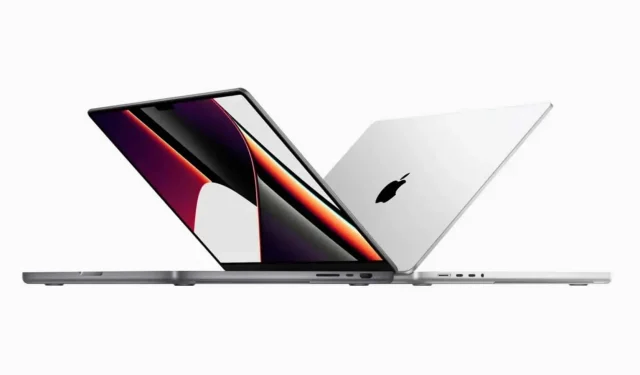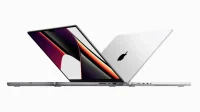MacBooks are powerful machines and manage their power consumption quite efficiently. However, there are many tricks to maximize their autonomy.
MacBooks with an M1 or M2 processor have longer battery life than previous Intel machines, but there are plenty of ways to improve your machine’s battery life. This is what we are interested in in this guide. And you only need a few minutes in the settings to enjoy the longest possible battery life.
Check MacBook Battery Percentage
Keeping track of the remaining battery life does not extend its life, but you can roughly tell if you have time to finish this or that. Click the battery icon in the menu bar to see the percentage of remaining battery power. If you are online, you will have an estimate of the remaining charging time.
You can also find out if certain apps are consuming a lot of battery power.
Check MacBook Battery Status
It is necessary to check the condition of the battery from time to time. macOS includes a tool for this, telling you when it needs to be replaced.
To check the battery status, click the battery icon in the menu bar, select “Battery Settings”. Then make sure the Battery tab on the left side of the window is selected and click on Battery Status. After that, you will get interesting information about the battery. Click “More”for more detailed explanations if needed.
Battery Charging Optimization
If your MacBook is constantly connected to the network, you need to change this setting. macOS can learn from your charging habits to reduce battery aging. Click the battery icon in the menu bar and select “Battery Settings”from the drop-down menu. At the bottom of the list of options, select Optimized battery charging. This will slow down charging when it reaches 80% charge.
Save battery life by reducing screen brightness and optimizing video streaming.
The display power supply is the largest source of power consumption. Decrease screen brightness. The brighter the screen, the more it consumes. You can also set the screen to automatically dim when on battery power or turn off after a period of inactivity. To do this, go to “Battery Settings”.
It is possible to reduce the brightness when running on battery power and reduce the power when watching videos on battery power.
Turn off the backlight when you don’t need it
The backlight is useful when typing in the dark, but consumes power. You can set it to turn off after a certain period of inactivity. To do this, go to System Preferences > Keyboard. On the Keyboard tab, check Turn off keyboard backlight after [X seconds/minutes] of inactivity. You can choose from 5 seconds to 5 minutes.
The “Adjust keyboard brightness in low light”option is also very interesting.
Disable Bluetooth if you are not using it
You don’t necessarily always use a Bluetooth accessory. Therefore, there is no need to leave Bluetooth enabled on the MacBook. Turn it off to save battery power. Click “Control Center”in the menu bar, then click “Bluetooth”to turn it off.
The downside of turning off Bluetooth is that the Continuity feature, which allows you to easily and quickly share data between your iPhone or iPad and Mac, no longer works.
Avoid Chrome
If Chrome is your main browser, then you should consider switching to Safari. Chrome is known to consume a lot of energy, memory, and therefore is highly dependent on the autonomy of your computer.
Apple battery life estimates for MacBooks are calculated using Safari as the default browser. If you’ve never used Safari, you might be surprised by its capabilities. Test!
Keep your software up to date
Keeping macOS up to date is a great option for conserving battery life. To see if an update is available for your MacBook, go to System Preferences > Software Updates. Also check the “Automatically update my Mac”box. Clicking on the “Advanced”button allows you to define actions that are performed automatically.
Close unused applications
It’s best to close apps when you’re not using them anymore. This can be done by pressing Cmd + Q or by clicking on the application’s name in the menu bar and selecting the “Exit”option. To see how much power each open app is using, open Activity Monitor and click the Energy tab or the Battery icon in the menu bar.
Unplug accessories when you don’t need them anymore
As with Bluetooth, if you’re no longer using a USB accessory, turn it off to conserve battery. When your MacBook is not connected to a network, charging your smartphone or tablet through your computer’s USB port consumes battery power.


